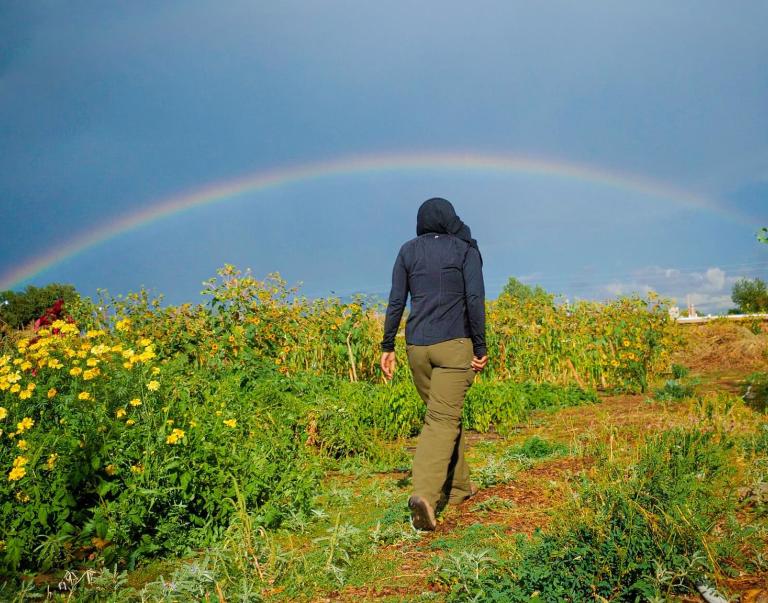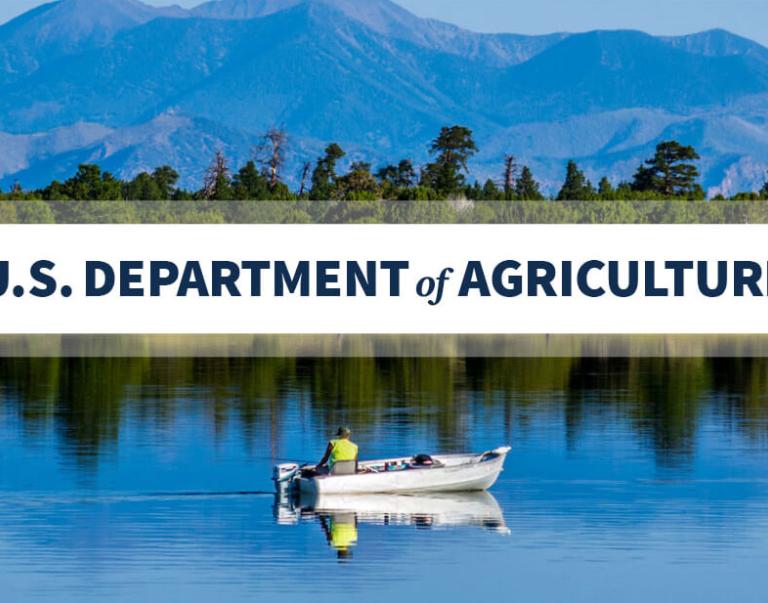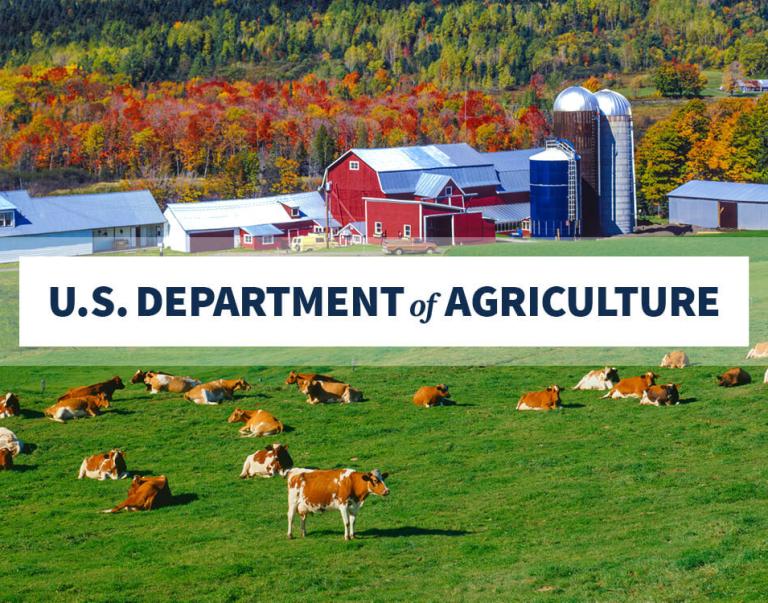National Preparedness Month is a good opportunity to reflect on progress towards ensuring the security of our Nation’s food supply. The U.S. Department of Agriculture (USDA) considers defense of the food and agriculture sector critical– all the way from farm to fork. Some animal or plant diseases could have drastic consequences on our economy - yet another reason it’s important that we continue our efforts to improve food and agricultural emergency preparedness and response.
You probably are familiar with many of the USDA agencies whose animal, plant and or food inspection programs have touched your life at some point whether traveling or simply buying meat or poultry sold in grocery stores.
For example, USDA’s Food Safety and Inspection Service (FSIS), Animal and Plant Health Inspection Service (APHIS) and National Institute of Food and Agriculture (NIFA) enhance agricultural security through numerous programs. These programs range from inspecting native and foreign agricultural products, to evaluating food system vulnerabilities, to maintaining laboratory networks that can rapidly identify diseases and pests. To illustrate, some of our efforts over the last year include:
FSIS launched a searchable, user-friendly tool to help industry partners develop effective food defense plans that protect public health.
The National Plant Diagnostic Network helped regulators, farmers and homeowners detect invasive species like emerald ash borer and diseases like citrus greening.
The National Animal Health Laboratory Network, a network of Federal agencies and laboratories managed by State governments and universities, continues to enhance the nation’s early detection of, response to, and recovery from animal health emergencies that could threaten the nation’s food supply and public health.
To date, APHIS through its National Veterinary Stockpile has acquired and staged veterinary countermeasures—supplies, equipment, field tests, vaccines and response support services—that States, Tribes and Territories need to respond to Highly Pathogenic Avian Influenza, Classical Swine Fever and Exotic Newcastle Disease.
Through the Extension Disaster Education Network (EDEN), USDA’s NIFA strengthens community agrosecurity planning and builds local capacity to handle agricultural issues during an emergency or disaster. EDEN also publishes helpful agrosecurity and flooding resources through the eXtension network.
This summer, USDA’s APHIS and FSIS worked with the U.S. Food and Drug Administration (FDA) and the Centers for Disease Control and Prevention (CDC) to produce a boxed compilation of food safety security challenge scenarios called ‘FREE-B’. This set of emergency exercises is available free to the public, and is designed for both private and public organizations and jurisdictions. Education and testing our systems ensure that lessons can be applied to improve our current food defense programs.
Likewise, USDA’s Agricultural Research Service (ARS) scientists run animal and plant disease laboratories as well as conduct research in the United States and abroad to identify emerging threats and develop the latest diagnostic tools and vaccines to protect the food supply. One example is the support ARS provides APHIS, FSIS and CDC with epidemiology, molecular virology, pathogenesis – the ability to produce disease – research and technical assistance on avian influenza (AI). AI viruses received by ARS from the United States, Canada, Hong Kong, Italy, Egypt, Chile, Netherlands, Viet Nam, Indonesia, Thailand, Mongolia and South Korea are being classified for disease‑causing potential. The U.S. government is then able to predict which mild forms of avian viruses could change to more deadly forms. CDC provided ARS samples of the human pandemic H1N1 (pH1N1) virus in 2010 to investigate reports that the virus could infect both swine and turkeys. New rapid diagnostic tests were developed that can identify the pH1N1 virus in animal species. This test was validated with APHIS and quickly adopted by the National Animal Health Laboratory Network (NAHLN) for animal disease surveillance in the United States.
Significant progress in meeting homeland security and emergency preparedness goals only can be achieved through partnerships at all levels of governmental and with private partners who produce, process and deliver the food you eat. As demonstrated through just a few of the examples above, USDA works closely with our Federal, State, Local, Tribal, Territorial and private sector partners to ensure that the Nation’s food and agriculture networks and systems are secure and if impacted by a natural or manmade disaster, are able to operate quickly again.
Much of this collaboration is made possible through a Government Coordinating Council (GCC) and a Sector Coordinating Council (SCC) representing private industry. These councils were established in 2004 by USDA, FDA and DHS. Today there are approximately 59 members of the Food and Agriculture Sector GCC which represent 22 agencies/organizations, including Federal and State, Local, Tribal, and Territorial associations and other entities. The Food and Agriculture SCC has 77 members which represent 51 entities/organizations, including trade associations, owners and operators and others. These councils host quarterly joint meetings that provide a public-private forum for effective coordination of agriculture security and food defense strategies, programs and activities, policy and communications across the sector to support the Nation’s homeland security mission.
On the heels of the 10 year anniversary of September 11 and as part of National Preparedness Month, we remember the importance of increased vigilance and our individual contributions to ensuring the security and resilience of the Nation. Do your part in protecting our Nation’s food supply by reporting any suspicious activities to your local law enforcement officials. You too can serve as part of our first line of defense.



